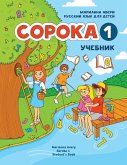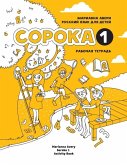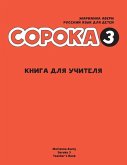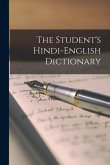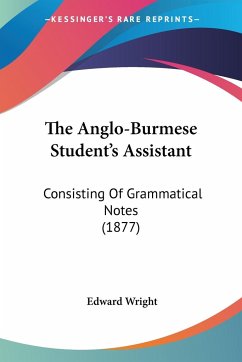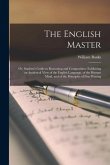Russian for Kids Soroka 2 Student's Book is the second part of Russian for Kids Soroka course. The course was created for children from 7 to 9 years old, but it can also be used to teach older people. Each level has a Student's Book; Activity Book; Teacher's Book in English and Russian languages; and free audio files. The main advantage of the Soroka course is that it is an advanced one and contains modern exercises, pictures and methods. In this Soroka 2 Student's Book we continue to study numbers from 11 to 100, topics such as appearance, houses, days of the week, going to the zoo, school subject. The direct method of teaching, which is based on the oral approach, makes learning more fun and comfortable as there is no need to study grammar rules specifically and then see how they work in practice. In the course, we work in a totally different way: We don't learn the names of the cases or things such as that; instead, we take ready-made phrases and learn how to apply them in speech. We immediately see the use of words and phrases and analyze them with examples later, if necessary.

